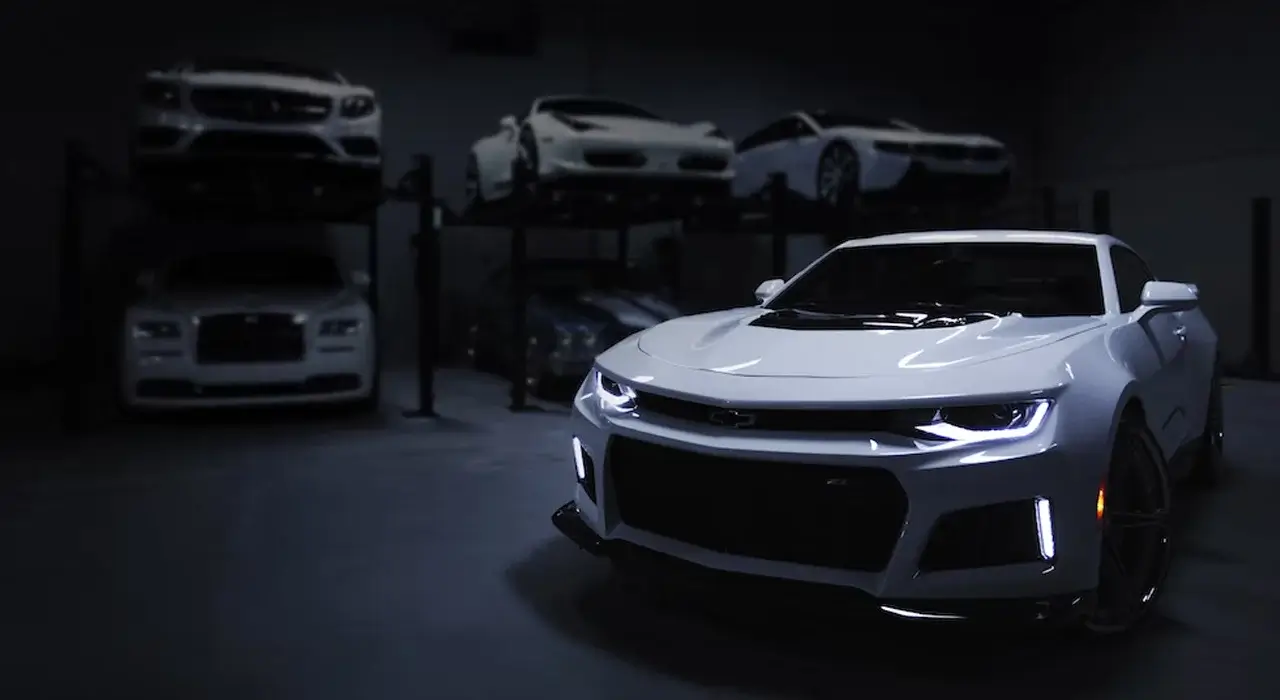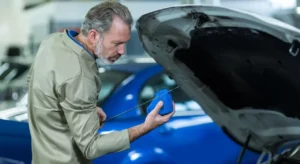If you’re weighing whether you need a new car, your timing might not be ideal. The prices of new and used cars are still at record highs; analysts don’t see them coming down soon, and even things associated with car ownership are rising.
For example, the cost of car insurance is going up. Car insurance varies a lot depending on where you live. Car insurance quotes in New Jersey are, on average, around $1,595 a year, and the national average is around $1,311 a year for perspective, but even in lower-cost states, the costs are on the rise.
We’re going to break down what you should know about whether you should buy a car right now and what you can expect to pay.
How Expensive Are Cars?
According to Kelley Blue Book, in August of 2022, the average price of a new car hit an all-time high–$48,301. That was up almost 11% compared to last year, and the Federal Reserve could hit us with another interest rate hike any time. That means new cars are quickly becoming luxuries that people can’t afford.
As of September, the average car payment was $667 for new cars and $515 for use. There are some reports that put the average monthly car payment as high as $733.
The following are factors that influence your monthly car payment if you do decide to buy:
- Your loan amount is what you borrow based on the sale price for the car you choose, minus trade-in credits or down payments. It’s the principal part of your monthly car payment.
- Interest rate is the percentage you’re paying your lender to borrow money. After years of record lows, interest rates are rising rapidly. When setting interest rates, lenders consider individual factors, such as debt, income, and credit score. The national average on a car loan is 5.27% on a 60-month loan. The APR for car loans usually ranges from 3-10%.
- Type of car and where you buy—Some lenders charge higher rates on loans for used cars, and if you purchase from a private seller, your rate might also be higher.
- Loan length—your loan term is how many months you have to pay off your loan.
A credit score is a primary factor in your car payment amount, too, since it’s the main thing used to determine a loan’s interest rate. The lower your credit score, generally the higher your interest rate. The more interest is included in your loan amount, the higher your payment will be each month.
If you have a great credit score of 781-850, you might pay, on average, $640 a month for a new car or $485 for a used one. Then, when that score goes down to 501-600, the payment for a new car goes up to $692, and the payment on a used car, on average, is $531, so it’s a pretty big difference.
Popular For You: Explore 9 Upcoming 2023 Cars That Are Worth The Hype
As far as your loan term, a lot of buyers will choose longer loan terms, to then lower their monthly payment. The average length of a car loan is now almost 70 months for new and used vehicles.
Extending your loan term is not a good idea because cars lose value over time.
If you were still paying on your car in five or six years, you could owe more than what you could get if you sold it. Longer loan terms also cost more overall.
Why Are Cars So Expensive?
According to experts, new and used car prices are at record highs, and they’re likely to remain elevated. Thus, you will only end up with an expensive deal if you are looking to buy a 2023 1500 Chevy Silverado LT in Houston or any other metropolitan city in the USA.
Used car prices might slow a bit in their acceleration, depending on the interest rates and how much they rise.
So why are cars continuing to be so pricey?
Prices on vehicles started going up during the pandemic. Carmakers started dealing with disruptions to the supply chain and shortages of semiconductor chips.
As new car production began to slow, Americans held onto cars longer, reducing the supply of used cars. Sometimes, due to that trend, used cars were more expensive than new ones.
Suggestion: Top 11 List of Cars With Lowest Insurance Rates Review
Hurricane Ian also recently hit, and it has the potential to have totaled hundreds of thousands of cars.
When carmakers have access to the chips they need, they use them in their higher-margin vehicles, their luxury offerings. Carmakers are also facing increasing manufacturing costs across the board. For example, Ford expects to spend $1 billion more on inflation-related supplier costs for the third quarter.
Over the next 12 months, prices for new cars are probably only going up.
Many auto experts say that we’re unlikely to ever return to inventory levels from before the pandemic. Before the pandemic, around 3.5 million new cars were on dealer lots. In August of this year, that number was down to 1.2 million.
Dealers are finding less inventory is beneficial. They are seeing better profits and margins, and they can plan ahead more quickly.
It’s unlikely any discounts will be on the table, at least for the next two years, as a result. Add: This means that the focus has to be on service quality, which is good news if you’re in a position to buy. For example, if you’re based in Dallas, EchoPark offers a hassle-free car buying experience and has other locations nationwide.
Car Insurance Rates Are Also Going Up
As mentioned, car insurance average costs have been going up throughout 2022 and will probably continue to do so. Rates are increasing by an average of 4.9% nationwide, and the rate changes will affect tens of millions of policyholders.
Since car insurance is required for vehicle owners in most states around the country, increases in premiums can be financial burdens. The reason for increases in car insurance is likely because all companies are seeing higher business costs. Those higher costs will be passed on in the form of premiums.
So, should you buy a new car right now? If you can wait, that might be the better option. The hope is that there will at least be some relief in the coming months for used cars, if not in the new car market.
Discover more from Locar Deals
Subscribe to get the latest posts to your email.






